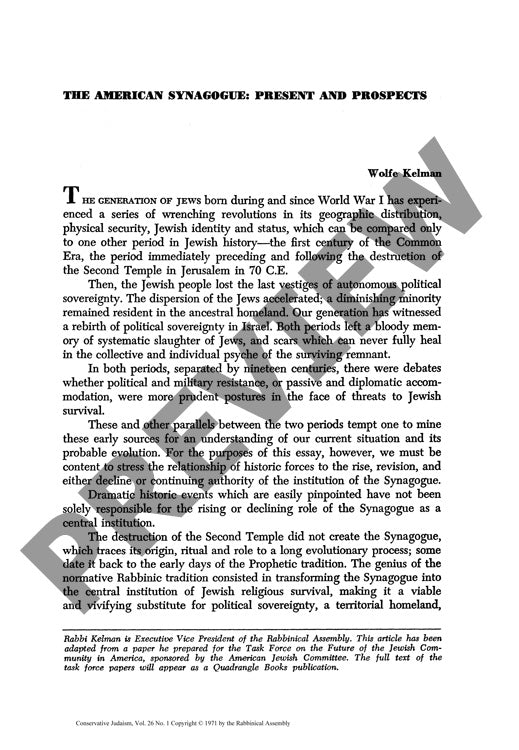The American Synagogue Present and Prosp
Couldn't load pickup availability
In the decades following World War II, American synagogue life underwent a dramatic transformation, shifting from urban immigrant congregations to suburban centers of native-born Jewish leadership. Drawing upon American Jewish Yearbook data from 1927-1970, this historical and statistical analysis traces how post-war suburbanization catalyzed the establishment of hundreds of new congregations, particularly within Conservative and Reform movements. As American Jewry emerged as an independent center of religious scholarship, the role of rabbis evolved from traditional religious authorities to multifunctional professionals managing administrative, counseling, and community leadership responsibilities. The Conservative movement exemplifies these broader changes affecting American Judaism, revealing both institutional adaptations and emerging challenges. Contemporary synagogues face declining urban membership, complex generational leadership transitions, and competition from anti-establishment Jewish movements. Despite these challenges, the American synagogue has successfully reimagined its institutional framework to serve as a viable substitute for traditional religious authority structures. The analysis suggests a future characterized by stabilization and consolidation, with potential increased cooperation between Reform and Conservative movements, while Orthodox communities maintain their distinct separatist positions.

More Information
-
Physical Description
-
Publication Information
Published 1971
ISBN
-
Publication Credits
Wolfe Kelman

